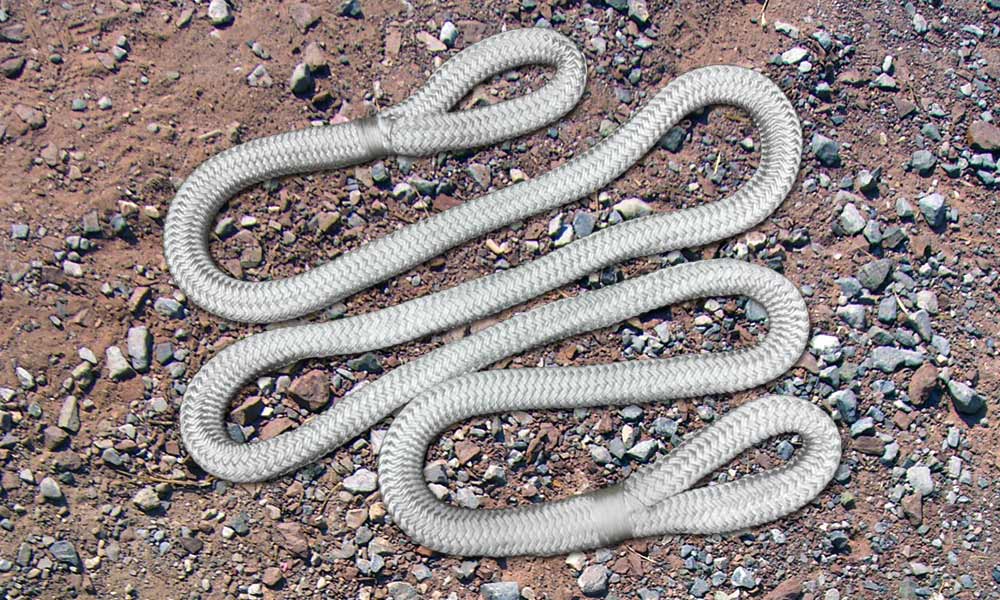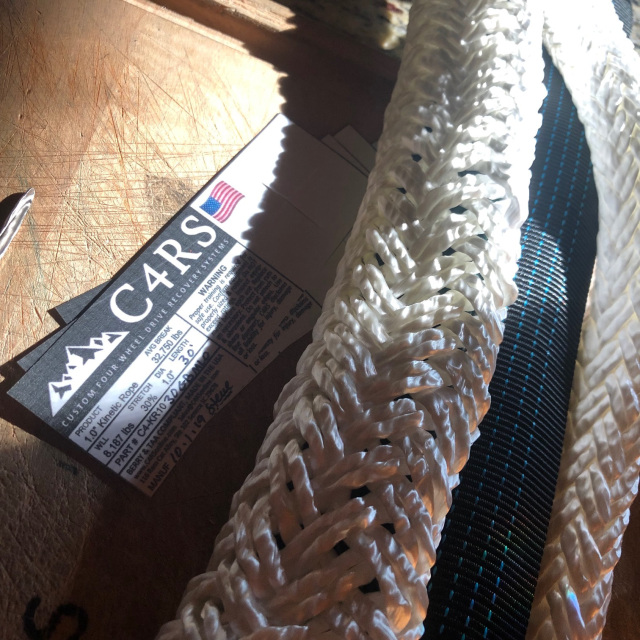Get ready to break out your calculator. Use this information to calculate loads related to your vehicle. Hopefully if you encounter a vehicle larger than yours they have the proper sized recovery gear for their vehicle. Granted the info shown in the link is for static loads but can be used as a base for kinetic recovery ropes. While this thread touched lightly on vehicle speed it is very important. Excessive speed can overload a kinetic roper. Mass x Speed is the amount of energy applied to rope. NO BANZI charges. Also the material a vehicle stuck in and how deep is the resistance to moving. Is it flat ground or an incline play a role too. No pun intended.
Learn how to get a car or truck unstuck by calculating recovery capacity and using the right products from US Cargo Control

www.uscargocontrol.com
These guidelines are
indispensable for safety. This is especially true of polyester tow straps and chains.
Though, I'd reinforce your point that for purposes of calculating for safety such as this doesn't mean that's actually the amount that's going to be used and doesn't completely consider elongation as being intended. They don't seem to specify elongation but rather just matching strap width and WLL to use.
For example if you run the numbers for towing a disabled 4,000 lbs vehicle on flat pavement using the calculation of weight + additional rolling resistance + additional gradient resistance it would suggest 4,000 + 400 + 0 = 4,400 lbs and anyone who's had to push their car that's run out of gas knows it doesn't take 4,400 lbs to get it moving.
This is an example of calculating actual force you're using.

Therefore sizing a kinetic strap or rope is kind of balancing variables. First and foremost you need the rope to be safe, thus finding the working load and knowing breaking strength. Then knowing how much force you might actually use can then be used to determine how much stretch you expect.

That's why sometimes a 1" seems to work just fine while another 3/4" seems not to stretch enough. Just a lot of variance to rolling resistance, grade and bogged factor. In the case of getting a stopped 4,000 lbs car moving on flat pavement the suggestion is it'll take 160 lbs, which seems about right and have essentially an undetectable amount of stretch on a dynamic rope.
So a realistic use might be to unstuck a Tacoma or Frontier on slightly inclined beach buried sidewall depth (using 5,500 lbs weight, rolling resistance of 5, gradient of 10°, bog factor of 1). That works out to 3,850 lbf to get unstuck and seems to align about at the top of the WLL limit for 3/4" rope on that Atlantic Braids chart.
?






